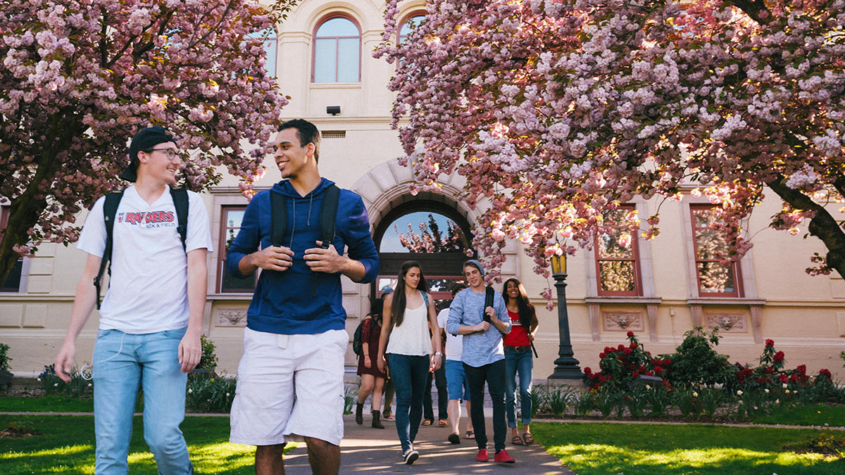Oregon’s HECC approves SOU tuition rate for 2019-20
Southern Oregon University’s tuition rate for the academic year that begins this fall was approved unanimously last Thursday by Oregon’s Higher Education Coordinating Commission, whose members commended SOU’s efforts to include students in the tuition-setting process.
The rate approved for undergraduate students who are Oregon residents is an increase of $17 per credit hour – or 9.9 percent – over the current year’s tuition rate. Resident undergraduate students will pay a total of $189 per credit hour, unless lawmakers unexpectedly add more funding for higher education during the Oregon Legislature’s closing weeks. Tuition rates for resident graduate students will also increase by 9.9 percent, and rates for non-resident undergraduate and graduate students – who already pay substantially more than Oregon residents – will increase by 5 percent.
“It’s good for our students and our university to have some degree of certainty,” SOU President Linda Schott said. “At the same time, we know there are some legislators who recognize the burden that has increasingly been shifted to students and their parents. We hope to reverse that trend, and would welcome an opportunity to continue that work before this year’s legislative session ends.”
The tuition rate that SOU proposed, and was approved on Thursday by the HECC, is toward the lower end of a sliding scale that was accepted last month by the SOU Board of Trustees. The university’s board approved a range of tuition increases – from $15 to $23 per credit, or 8.5 percent to 13.5 percent – that were tied to various state funding scenarios for Oregon’s seven public universities.
The amount is still not set in stone, but the funding measure currently winding its way through the Oregon Legislature includes $837 million for higher education – $100 million more than for the biennium that ends June 30. The public universities have said it will take at least $120 million more than the current allocation to maintain current service levels, because of increases costs of retirement, health care and wages – all of which are managed at the state level.
Under the formula used to divide state money among Oregon’s universities, the $100 million increase in higher education funding will result in an increase of only $1.67 million in revenue at SOU for the coming academic year, which does not keep pace with rising costs. Leaders of the university have already begun to lay groundwork for a review of the funding formula and potential changes to level the playing field for all universities.
Tuition at SOU will remain among the lowest at Oregon’s public universities, and its overall cost of attendance – which includes tuition, along with mandatory student fees, housing and meals will increase by just over 4 percent next year. The university is also increasing the pool of institutional aid – available to the most financially vulnerable students – to $4.1 million next year, from the current year’s $3.6 million.




